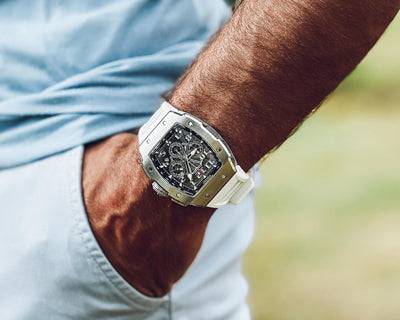Contrary to some popular conceptions of the Vikings, they were not a “race” linked by ties of common ancestry or patriotism, and could not be defined by any particular sense of “Viking-ness.” Most of the Vikings whose activities are best known come from the areas now known as Denmark, Norway and Sweden, though there are mentions in historical records of Finnish, Estonian and Saami Vikings as well. Their common ground–and what made them different from the European peoples they confronted–was that they came from a foreign land, they were not “civilized” in the local understanding of the word and–most importantly–they were not Christian.
From around A.D. 800 to the 11th century, a vast number of Scandinavians left their homelands to seek their fortunes elsewhere. These seafaring warriors–known collectively as Vikings or Norsemen (“Northmen”)–began by raiding coastal sites, especially undefended monasteries, in the British Isles. Over the next three centuries, they would leave their mark as pirates, raiders, traders and settlers on much of Britain and the European continent, as well as parts of modern-day Russia, Iceland, Greenland and Newfoundland.
Did you know? The name Viking came from the Scandinavians themselves, from the Old Norse word "vik" (bay or creek) which formed the root of "vikingr" (pirate).
Our Viking Watches is derived from the above picture.The exact reasons for Vikings venturing out from their homeland are uncertain; some have suggested it was due to overpopulation of their homeland, but the earliest Vikings were looking for riches, not land. In the eighth century A.D., Europe was growing richer, fueling the growth of trading centers such as Dorestad and Quentovic on the Continent and Hamwic (now Southampton), London, Ipswich and York in England.
Scandinavian furs were highly prized in the new trading markets; from their trade with the Europeans, Scandinavians learned about new sailing technology as well as about the growing wealth and accompanying inner conflicts between European kingdoms. The Viking predecessors–pirates who preyed on merchant ships in the Baltic Sea–would use this knowledge to expand their fortune-seeking activities into the North Sea and beyond.
Two years later, Viking raids struck the undefended island monasteries of Skye and Iona (in the Hebrides) as well as Rathlin (off the northeast coast of Ireland). The first recorded raid in continental Europe came in 799, at the island monastery of St Philibert’s on Noirmoutier, near the estuary of the Loire River.
For several decades, the Vikings confined themselves to hit-and-run raids against coastal targets in the British Isles (particularly Ireland) and Europe (the trading center of Dorestad, 80 kilometers from the North Sea, became a frequent target after 830). They then took advantage of internal conflicts in Europe to extend their activity further inland: after the death of Louis the Pious, emperor of Frankia (modern-day France and Germany).
In 840, his son Lothar actually invited the support of a Viking fleet in a power struggle with brothers. Before long other Vikings realized that Frankish rulers were willing to pay them rich sums to prevent them from attacking their subjects, making Frankia an irresistible target for further Viking activity.

































